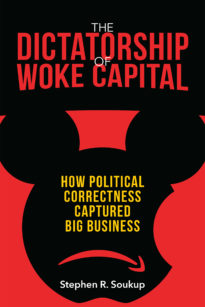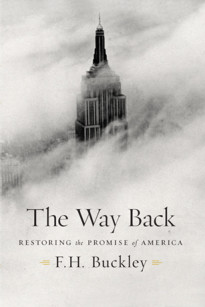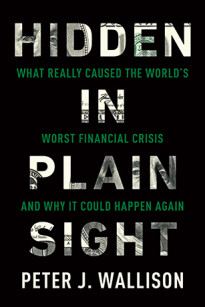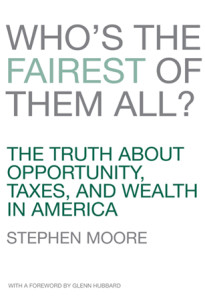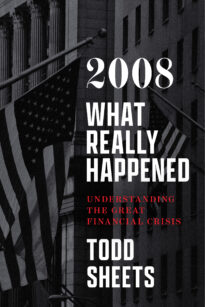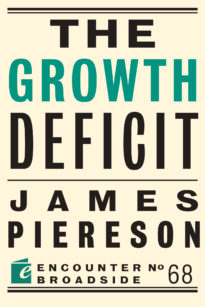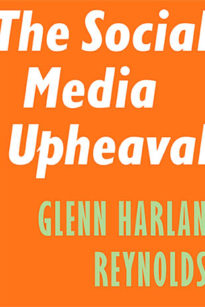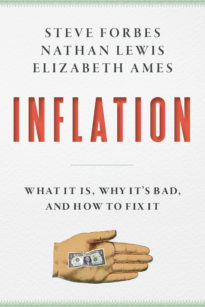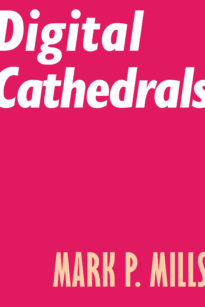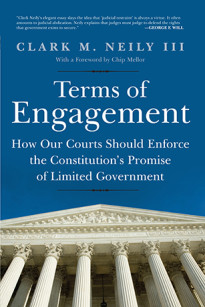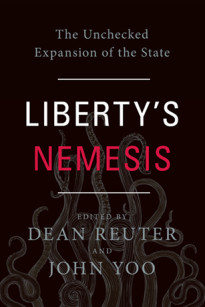We are now witnessing the build-out of society’s first foundationally new infrastructure in nearly a century: the Cloud. It is an ecosystem of information-digital hardware, at the heart of which resides massive warehouse-scale datacenters unlike anything ever built. Given the resources committed to them and the reverence afforded to the companies that build and own them, datacenters might be called the digital cathedrals of the twenty-first century. The emerging Cloud is as different from the communications infrastructure that preceded it, as air travel was different from automobiles. And, using energy as a metric for scale—since there are only two kinds of infrastructures, energy-producing and energy-using—today’s global Cloud already consumes more energy than all aviation. Yet, as disruptive as the Cloud has already become, we are in fact just at the end of the beginning of what the digital masons are building for the twenty-first century.
Free shipping on all orders over $40
Digital Cathedrals
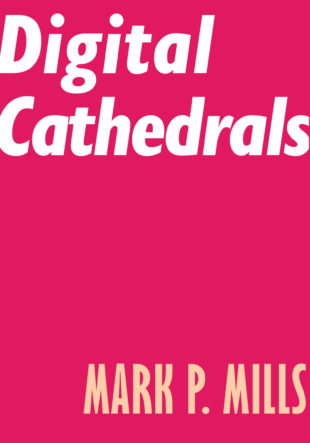
Also Purchase as e-Book
Publication Details
Paperback / 64 pages
ISBN: 9781641771108
Available: 1/7/2020
- Media: Request a Review Copy
- Academia: Request an Exam Copy
About the Author
Mark P. Mills, a physicist, is a Manhattan Institute senior fellow, a faculty fellow at Northwestern University, and partner in Montrose Lane, an energy-tech venture fund. He is author of Digital Cathedrals (2020) and Work in the Age of Robots (2018), and he is the co-author of The Bottomless Well (2006).
Excerpt
The Information Infrastructure Era
The more energy, the faster the bits flip. Earth, air, fire, and water in the end are all made of energy, but the different forms they take are determined by information. To do anything requires energy. To specify what is done requires information.
Seth Lloyd, MIT, Programming the Universe (2006)
Given the resources committed to them, the reverence afforded to those who own them, the adoration of the “masons” who build them, and the awe for what they house, datacenters might be called the digital cathedrals of the twenty-first century. Datacenters do deserve a certain awe. They constitute a key feature of a system that, as Greenpeace accurately observed, is the “largest thing we [will] build as a species.”
That “thing” is the Cloud, the massive ecosystem of information-digital hardware. It is society’s first new infrastructure in nearly a century.
Civilization is built on foundational infrastructures, the physical networks that provide society not just with core services, but the platforms enabling all the other features and services of a modern economy. All infrastructures entail energy and can be thus neatly divided into two general categories: those that consume energy, and those that produce it.
Only three classes of infrastructures produce energy: those responsible for food, for hydrocarbons, and for electricity. The list is similarly short for energy-consuming infrastructures: clean water, transportation, and communications. Notably, 80 percent of our economy is found in the myriad activities associated with the energy-consuming infrastructures. And now, for the first time in a century, we can add a new name to this latter list: the Cloud.
Data has been called the “new oil” and the Internet the “information superhighway.” Some analogize the rise of the Internet with the emergence of the electric age. But these analogies don’t properly capture what is now underway with the Cloud and especially its most prominent (and ineptly named) feature, artificial intelligence.
The emerging Cloud is as different from the communications infrastructure that preceded it as air travel is different from automobiles. And, using energy as a metric for scale, today’s global Cloud already consumes more energy than global aviation.
Stories about digital “disruptions” we’ve already witnessed only hint at the structural, economic, and social changes yet to come as the Cloud infrastructure expands. Indeed, most of what has happened thus far has been associated with the news, advertising, financial, entertainment, and communications industries—all of those information-centric themselves. But those activities constitute, collectively, less than 20 percent of the GDP. We are still in early days of the “digitalization” of the remaining 80 percent of the economy.
Uber’s disintermediation of automobile ownership and taxi use is just one example of the next phase. Everything in the non-information parts of the economy—from construction and agriculture to manufacturing and healthcare—is still largely undigitalized by the standards of, say, newspapers, advertising, and entertainment. The Silicon Valley legend Andreessen Horowitz famously said that “software is eating everything.” True. But we are only now on the appetizer course.
As we explore in the following pages the new infrastructure through the lens of energy demand, it becomes clear that we live at a time of transformation equivalent to 1919, which was three decades after cars had been invented and only a decade into the era of useful, affordable, personal mobility. The Cloud was “born” only a decade ago, and the first Internet datacenters appeared thirty years ago.
Nonetheless, today’s top five Cloud architects (Amazon, Microsoft, Google, Apple, and Facebook; there will be more) are spending over $400 billion annually—a rate rising rapidly—to build out the Cloud infrastructure. And the associated Cloud services in the United States alone (currently the epicenter of construction and investment) already constitute an $80 billion annual business, exceeding the annual revenues for all U.S. freight railroad services.
On the horizon, one should expect an array of new services that are no more imaginable today than Twitter, Uber, or Airbnb were in 1990. In due course, the Cloud, like all infrastructures before it, will evolve into a “critical infrastructure.” Policymakers and regulators will be increasingly tempted—or enjoined—to engage issues of competition, fairness, and even social disruptions, along with the challenges of abuse of market power, both valid and trumped up.

